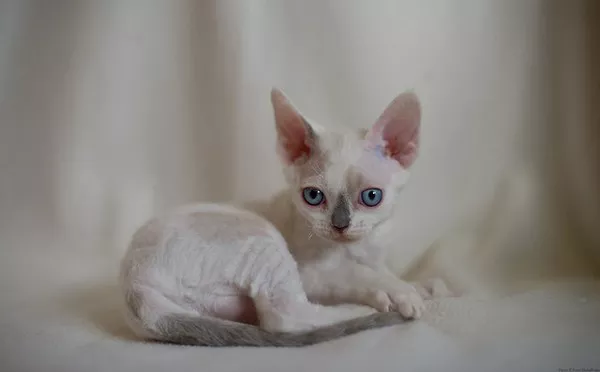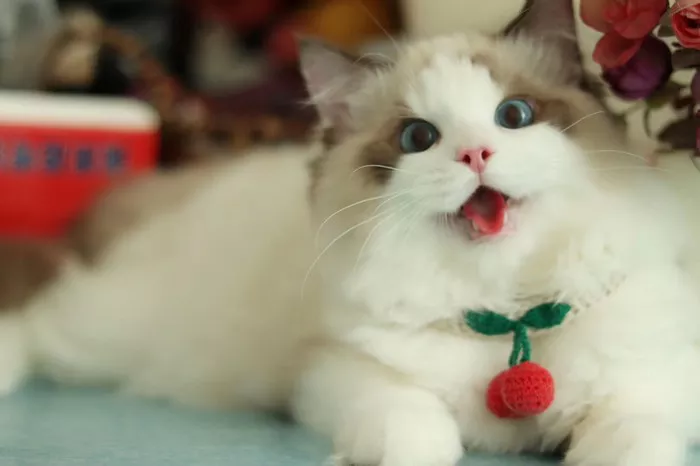Welcoming a litter of kittens into the world is an exciting and joyous occasion for cat owners. However, as the pregnancy progresses, questions often arise about the best ways to care for a pregnant cat. One common query is whether it’s safe to give a pregnant cat a bath. In this comprehensive guide, we will explore the considerations surrounding feline pregnancy, the importance of grooming, and the dos and don’ts of bathing a pregnant cat.
Understanding Feline Pregnancy
Before delving into the topic of bathing pregnant cats, it’s crucial to understand the various stages of feline pregnancy. A cat’s gestation period typically lasts around 63 to 65 days, but it can vary. The pregnancy is divided into three stages:
First Trimester (0-3 Weeks): This is the early stage of pregnancy, often characterized by subtle changes. The cat may exhibit changes in behavior, appetite, and even slight weight gain. However, physical signs may not be apparent during this period.
Second Trimester (3-6 Weeks): By the second trimester, the cat’s abdomen starts to enlarge, and physical signs of pregnancy become more noticeable. The cat may experience increased appetite, weight gain, and behavioral changes. It’s during this stage that the developing kittens become more detectable through palpation.
Third Trimester (6-9 Weeks): In the final weeks of pregnancy, the cat’s abdomen is prominently distended, and the kittens’ movements may be visible. The cat may become more restless and seek out nesting spots in preparation for giving birth.
During pregnancy, a cat’s grooming habits may change. Some pregnant cats become more meticulous about grooming, while others may need additional assistance in maintaining their hygiene.
Importance of Grooming During Pregnancy
Proper grooming is essential for a pregnant cat’s well-being. Cats are naturally clean animals, and grooming plays a crucial role in keeping their fur, skin, and overall health in optimal condition. During pregnancy, some cats may experience changes in grooming behavior due to physical discomfort, especially in the later stages when their size makes reaching certain areas more challenging.
Regular grooming helps in the following ways:
Preventing Matting: Long-haired breeds, in particular, may be prone to matting. Regular brushing prevents the formation of mats, which can be uncomfortable for the cat.
Monitoring Health: Grooming allows owners to monitor the cat’s skin and coat for any signs of irritation, lumps, or abnormalities. Detecting issues early enables prompt veterinary attention.
Reducing Shedding: Brushing helps to remove loose hair, reducing the amount of hair ingested during self-grooming. This can be particularly beneficial in preventing hairballs.
Stimulating Circulation: Brushing stimulates blood flow to the skin, promoting a healthy coat and overall skin condition.
While most cats are adept at self-grooming, some may require additional assistance, especially as they approach the later stages of pregnancy.
The Dos and Don’ts of Bathing a Pregnant Cat
Bathing a cat, pregnant or not, can be a challenging task. Most cats are not fond of water, and introducing them to the bath requires patience and a gentle approach. When it comes to pregnant cats, there are specific considerations to keep in mind:
Dos:
Check with the Veterinarian: Before attempting to bathe a pregnant cat, consult with your veterinarian. They can provide guidance based on the cat’s health, gestation stage, and specific needs.
Use a Suitable Shampoo: If bathing is deemed necessary, use a cat-specific shampoo that is mild and designed for sensitive skin. Avoid using human shampoos, as they may contain ingredients that can be harmful to cats.
Prepare the Environment: Create a calm and quiet space for the bath. Use a non-slip surface at the bottom of the tub or basin to prevent the cat from slipping. Have towels and grooming tools within reach.
Use Lukewarm Water: Fill the tub or basin with lukewarm water. Cats are sensitive to temperature, and water that is too cold or too hot can be stressful. Ensure the water level is shallow.
Enlist Help if Needed: If the cat is particularly anxious or resistant, consider enlisting the help of another person. Having an extra set of hands can make the process smoother and less stressful for the cat.
Be Gentle and Calm: Approach the cat calmly and speak to them in a soothing tone. Gently place them in the water, supporting their body with one hand while using the other to wet and shampoo their fur.
Rinse Thoroughly: Ensure thorough rinsing to remove all traces of shampoo. Leftover shampoo residue can irritate the skin and may be ingested during grooming.
Towel Dry and Provide Warmth: After the bath, towel dry the cat gently. If necessary, use a low-heat setting on a hairdryer to provide additional warmth. Ensure the cat is completely dry before allowing them access to cooler environments.
Don’ts:
Forceful Baths: Avoid forcing a cat into the water or holding them down forcefully. This can lead to stress, anxiety, and potential injury.
Use of Harsh Products: Do not use harsh or toxic substances on a pregnant cat. Stick to cat-specific grooming products recommended by your veterinarian.
Extended Bath Time: Keep bath time short. Prolonged exposure to water can be stressful for the cat and may lead to hypothermia.
Neglect Drying: Ensure the cat is thoroughly dry before allowing them to return to their normal environment. Damp fur can lead to chilling, especially in pregnant cats, who may be more susceptible to temperature changes.
Bathe Unnecessary: Unless recommended by the veterinarian or in specific situations where the cat cannot groom themselves adequately, avoid unnecessary baths during pregnancy.
Alternatives to Bathing for Grooming Pregnant Cats
While bathing is an option for some cats, it’s not always necessary, especially if the cat is capable of self-grooming. If your pregnant cat is struggling with grooming, consider alternative grooming methods:
Brushing: Regular brushing helps remove loose hair, prevents matting, and stimulates circulation. Use a cat brush appropriate for your cat’s fur length.
Wet Wipes: If your cat tolerates it, you can use cat-friendly wet wipes to clean specific areas gently. This is especially useful for spot cleaning without the need for a full bath.
Professional Grooming Services: If you’re uncomfortable or unable to groom your pregnant cat, consider professional grooming services. Experienced groomers can handle the process efficiently and safely.
Consulting the Veterinarian: If you’re concerned about your pregnant cat’s grooming habits or hygiene, consult with your veterinarian. They can provide guidance on the best approach for your specific situation.
Potential Risks of Bathing Pregnant Cats
While bathing a pregnant cat can be done, it’s essential to be aware of potential risks and to exercise caution. Some risks associated with bathing pregnant cats include:
Stress and Anxiety: Cats, in general, may find water stressful. Pregnant cats, already undergoing physical changes, may be more sensitive to stress.
Injury: Attempting to bathe a cat without proper handling techniques may result in injury, particularly if the cat becomes agitated or tries to escape.
Temperature Sensitivity: Cats are sensitive to temperature changes, and a pregnant cat may be more susceptible to temperature-related stress. Ensure the water is lukewarm and the drying process is thorough.
Skin Irritation: Improper use of grooming products or inadequate rinsing can lead to skin irritation, especially in pregnant cats with potentially heightened sensitivity.
See Also: What to Do If Your Cat Has Fleas
Conclusion:
In conclusion, while it’s technically possible to give a pregnant cat a bath, it’s not always the ideal solution. The decision should be based on the individual cat’s needs, health, and the recommendations of the veterinarian. Prioritize alternative grooming methods, such as brushing or spot cleaning, and only resort to bathing when necessary.
Always approach the process with gentleness and patience, taking the cat’s comfort and well-being into consideration. If you’re uncertain or have concerns about your pregnant cat’s grooming habits, consult with your veterinarian for personalized advice. Ultimately, a combination of regular grooming practices and a watchful eye on your cat’s health will contribute to a positive and stress-free pregnancy experience for both you and your feline companion.


























